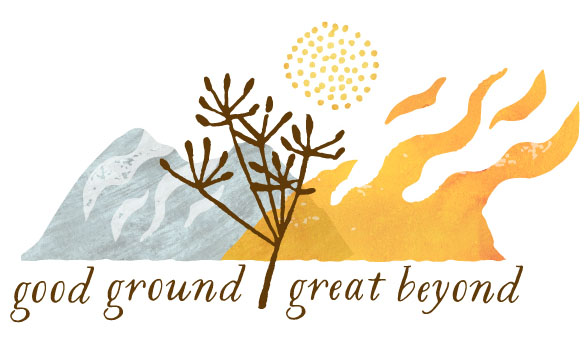Dreaming and Waking
Dream. It is multi-faceted: both event and action. It implies the willingness to think bigger, to create. It can also imply a vague avoidance of what is true or pragmatic.
In many Buddhist teachings, dreaming is used often as metaphor for how we live in sleep, in a dream. That so many of the things we think are solid are in fact, ephemeral, without true substance. So coming to terms with or facing reality, which is also not necessarily a “thing” to face, is more like a turning or waking from a dream into unveiled living.
Regardless of one’s identity with or affinity for Buddhist teachings, the metaphor stands true for how we come to know something and often how we come into insight. We all are, in different and often subtle ways, familiar with stories we have told ourselves regarding the way things or we are. In time those stories can morph, prove to be more mythological or idealized when life rattles us around and we access a different understanding of the raw truths we may have subconsciously buffered with a film of ordinary fantasy. Such is our way. To presume our present moment of perception or comprehension is complete is our blameless naivete that begs us often and quietly to soften, open, let go.
This is one element of the benevolent character of our intrinsic nature, this possibility of turning awake, rolling rightward, seeing the real size of things. This is also the character of our resistance yielding in time, in the face of our limits. That softening that is always available.
Our discoveries will not always concurrently arise along with our vigor or capacity to “do”. Our discoveries will sometimes dig and see in darkness, will sometimes touch the outer reaches of of what is comfortable, will court the disembodied.
Ursula Le Guin wrote that, “to learn which questions are unanswerable, and not to answer them: this skill is most needful in times of stress and darkness.” The way I see this is related to waking up from sleep into experiencing. Waking from not knowing into knowing is not tidy, not necessarily a comforting concept or answer to something. It is often more direct and unique, being inside experience, rather than removed through stories and concept. It is a willingness to simply have our eyes and hearts open and to move from there, be curious and explore the space of the moment, in us, in our enigmatic bodies and minds. That is in so many ways what knowing offers. It is not having figured it all out, but being awake, choosing to not to dream as a means of avoidance, but maybe dreaming as creative expression, as an extension of being aware and fearless in mystery.
This is what facing any mystery asks of us all: to remain and remain open, to feel. Whether we want to rise to the call or not is always our choice, but the invitation is there from that same benevolent ground of being that makes any waking possible. Facing mystery is no guarantee of an answer and often if we get one we should maintain some intelligent caution.
A woman and patient I see for work found out recently that her son-in-law is dying. The news made her look at her own situation more nakedly. “There is nothing that can be done,” she said. No. Nothing to “do”. A lot to feel. That seems to be our work. She took this in, softened and her face relaxed a little. We looked at each, feeling the quality of “nothing to do” and we laughed a little at the whirlwinds and the heartbreak. I touched her arm and we sat very presently together.

